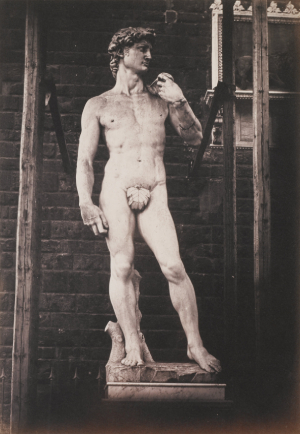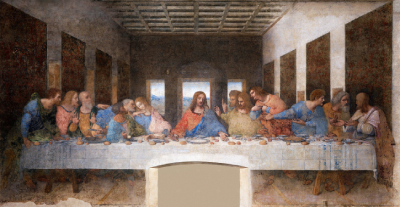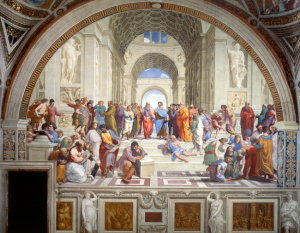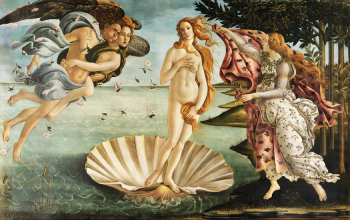Canvases by Style
Posters by Styles

The Renaissance was a period of great cultural and artistic flourishing in Europe, spanning roughly from the 14th to the 17th century. During this time, artists experimented with new techniques and subjects, creating some of the most iconic and influential works of art in history. Renaissance paintings, in particular, are known for their realism, attention to detail, and emotional expressiveness. In this blog post, we’ll explore the key characteristics of Renaissance paintings, from their use of perspective and light to their depictions of human anatomy and emotion.
Whether you’re an art lover or simply curious about this fascinating period in history, read on to discover the beauty and innovation of Renaissance art.
Renaissance paintings are characterized by a number of distinctive features, including:
Renaissance painters sought to represent the world as it actually appeared, and they paid meticulous attention to detail in their depictions of people, objects, and landscapes. They used techniques like linear perspective and chiaroscuro (the use of light and shadow) to create a convincing sense of depth and three-dimensionality.
Renaissance artists were fascinated by the human body and studied it in great detail in order to create more realistic and naturalistic depictions of the human form. They also explored the emotions and psychological states of their subjects, resulting in more expressive and lifelike portraits.
Renaissance artists drew inspiration from the art and philosophy of ancient Greece and Rome, incorporating classical motifs and themes into their work. This included a revival of interest in classical mythology and history, as well as the use of classical architectural forms in paintings.
Many Renaissance paintings had religious themes, as the Catholic Church was a major patron of the arts during this time. However, even religious paintings displayed a new level of humanism, with an emphasis on the individuality and emotional expression of the figures depicted.
Renaissance paintings often depicted scenes from literature, history, or mythology, and were designed to tell a story or convey a moral message. This required the artist to carefully compose the scene and arrange the figures in a way that conveyed the intended narrative.
Renaissance artists were highly skilled in the use of various painting techniques, such as oil painting, fresco, and tempera. They also made significant advances in the use of color and light, resulting in more vibrant and lifelike depictions.
Overall, Renaissance paintings are characterized by a combination of technical mastery, realism, and emotional expressiveness, and are considered some of the most iconic and influential works of art in history.
Renaissance art was characterized by a wide range of themes and subject matter, reflecting the diverse interests and concerns of the period. Some common themes in Renaissance art include:
There are many iconic works of art from the Renaissance period that continue to captivate and inspire audiences today. Here are some of the most popular examples:
Perhaps the most famous painting in the world, this portrait of a woman with a mysterious smile has become an icon of art and popular culture.

This monumental statue of the biblical hero David is widely regarded as one of the greatest sculptures of all time, and a masterpiece of Renaissance art.

This monumental fresco painting depicts the final meal of Jesus and his disciples, and is notable for its innovative use of perspective and composition.

This fresco painting depicts a gathering of great philosophers and thinkers from ancient Greece, and is celebrated for its luminous colors and graceful figures.

This iconic painting depicts the goddess Venus emerging from the sea on a shell, and is a prime example of the delicate beauty and intricate symbolism that characterizes much of Renaissance art.
These works are just a few examples of the many extraordinary masterpieces that were created during the Renaissance period, and continue to inspire and captivate audiences today.

In conclusion, Renaissance art was a period of extraordinary innovation, creativity, and technical mastery, characterized by a range of distinctive features and themes. Renaissance artists pioneered new techniques and approaches to painting, sculpture, and other forms of artistic expression, from the use of linear perspective and chiaroscuro to sculpting in the round and oil painting. Common themes in Renaissance art included a renewed interest in the classical world, a celebration of humanism and individualism, and a fascination with the natural world and the human body. The art of the Renaissance continues to inspire and captivate audiences today, offering a glimpse into a remarkable period of cultural and artistic flourishing that has left an enduring legacy.